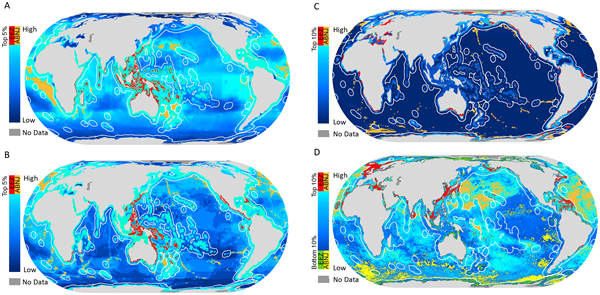This paper highlights the priority areas where the marine biodiversity is most and least impacted by human activities around the globe. It is important to note that some of the most impacted areas are the Outermost Regions (ORs) as well as Overseas Countries and Territories (OCTs).

The following abstract illustrates the importance of this document:
"In recent decades, many marine populations have experienced major declines in abundance, but we still know little about where management interventions may help protect the highest levels of marine biodiversity. We used modeled spatial distribution data for nearly 12,500 species to quantify global patterns of species richness and two measures of endemism. By combining these data with spatial information on cumulative human impacts, we identified priority areas where marine biodiversity is most and least impacted by human activities, both within Exclusive Economic Zones (EEZs) and Areas Beyond National Jurisdiction (ABNJ). Our analyses highlighted places that are both accepted priorities for marine conservation like the Coral Triangle, as well as less well-known locations in the southwest Indian Ocean, western Pacific Ocean, Arctic and Antarctic Oceans, and within semi-enclosed seas like the Mediterranean and Baltic Seas. Within highly impacted priority areas, climate and fishing were the biggest stressors. Although new priorities may arise as we continue to improve marine species range datasets, results from this work are an essential first step in guiding limited resources to regions where investment could best sustain marine biodiversity. "
For more information see







